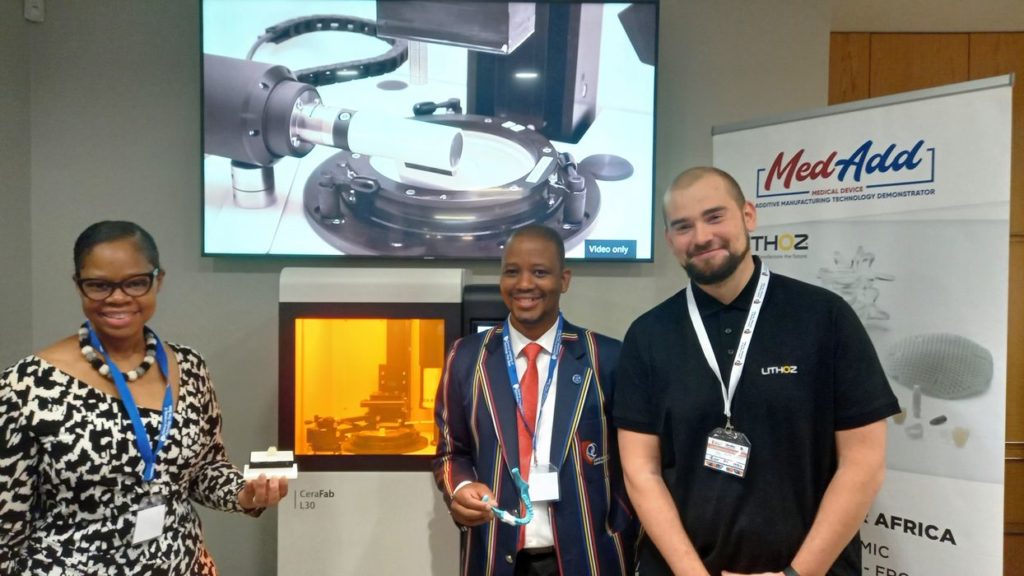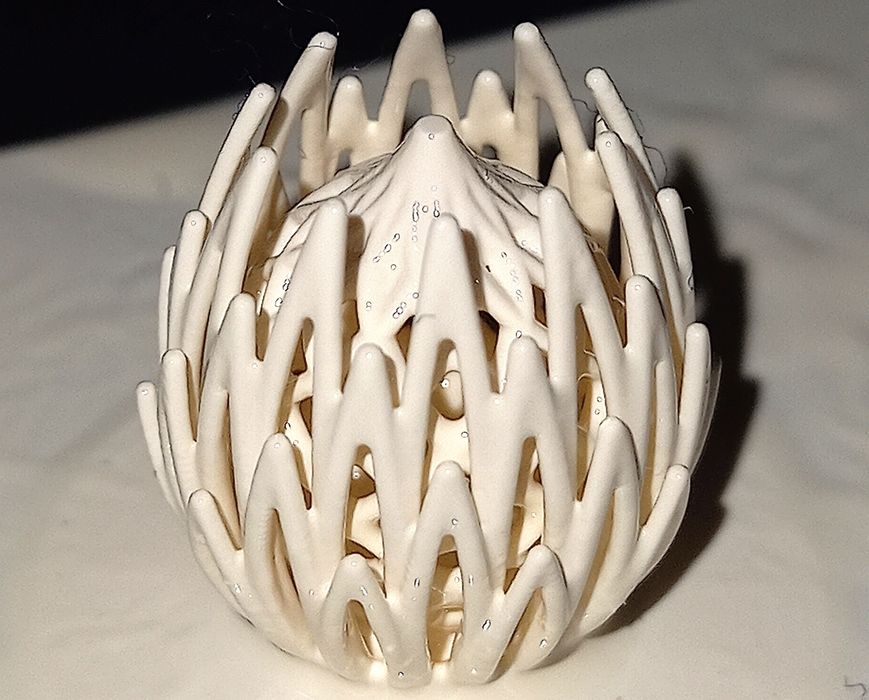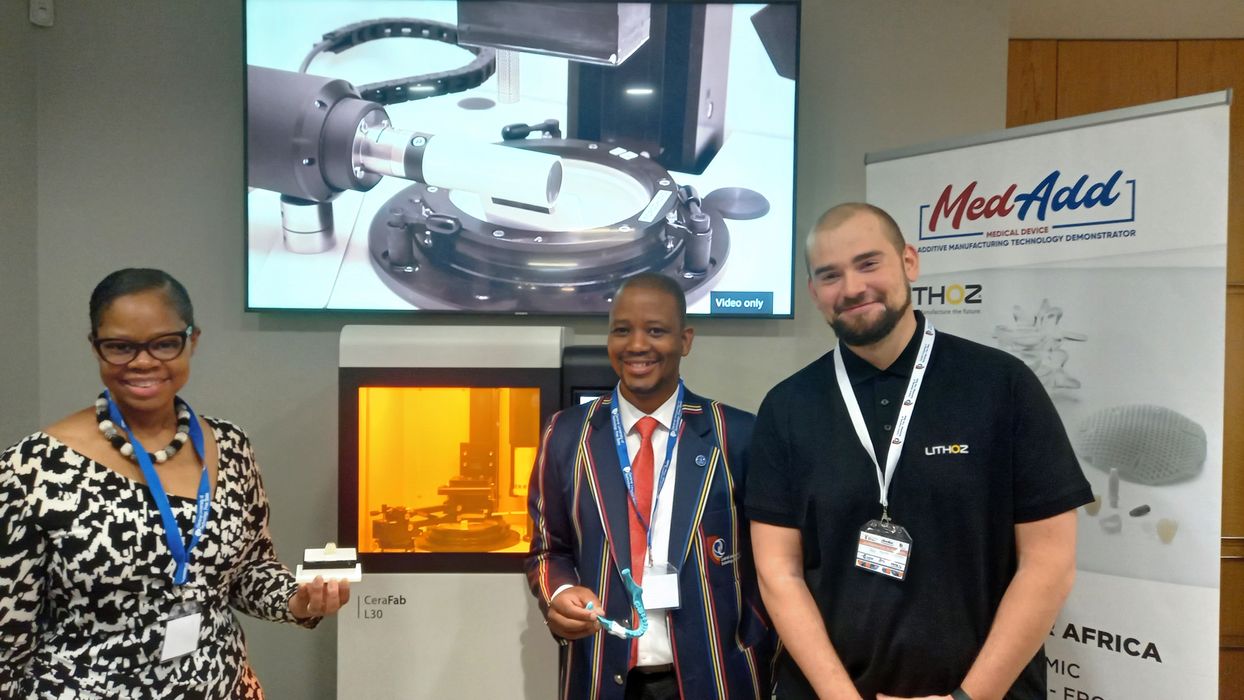
Aside from Antarctica, Africa might be the continent with the least amount of 3D printing activity, but that’s changing.
Most of the 3D printing activity in the world these days is in Europe and North America, with Asia growing strongly. But in other areas there is significantly less activity, with perhaps the least taking place in Africa.
There are reasons for this, aside from the general economic conditions.
It’s partially due to the usual sequence of events that takes place while a 3D printer manufacturer grows. Initially, a 3D printer startup focuses on their regional area only. This is why we see so many smaller 3D printer manufacturers located in Israel, Finland, Argentina and other places.
As these companies grow, they naturally seek to launch sales in other regions. For European companies, this often means opening up offices or partnerships in neighboring countries. In North America, for example, it means US companies selling in Canada or Mexico.
But then these companies need to take bigger steps, and almost all the time it is a move to the “next biggest market”. For European and Asian companies, that’s North America. For North American companies, it’s Europe. For Asia, it’s either Europe or North America.
Notice that I haven’t mentioned Africa.
That’s because often regions with lower economic potential are added to the equipment distribution system only after other larger markets are successfully penetrated. As a result, there are fewer sales of 3D print equipment in Africa: not all companies provide sales and services there yet.

One company that has done so is Lithoz, who recently announced that they’ve installed the very first ceramic 3D printer on the African continent. They have installed a CeraFab Lab L30 device in the Centre for Rapid Prototyping and Manufacture at the Central University of Technology Free State in Bloemfontein, South Africa. This is a city about half-way between Johannesburg and Capetown.
This machine will apparently be used for medical research, where ceramic objects are often suitable for use as medical devices. Lithoz said:
“As the first ceramic 3D printer installed in the entire African continent, this installation represents an important step forward in the growth of ceramic 3D printing as an established manufacturing technology in industry and healthcare. CUT, a leading African University of Technology at the forefront of research and innovation in additive manufacturing for medical implants, will use the machine to aid their research into customized medical device manufacturing via 3D printing.”
This is an important step for Africa, as it demonstrates 3D printing technology can be sold and operated, if only 3D printer manufacturers were present. This particular machine could inspire many students and entrepreneurs to develop services and products to expand use of the technology in the region.
Not all 3D printer manufacturers operate in Africa, and my hope is that more will do so in the near future.
Via Lithoz

